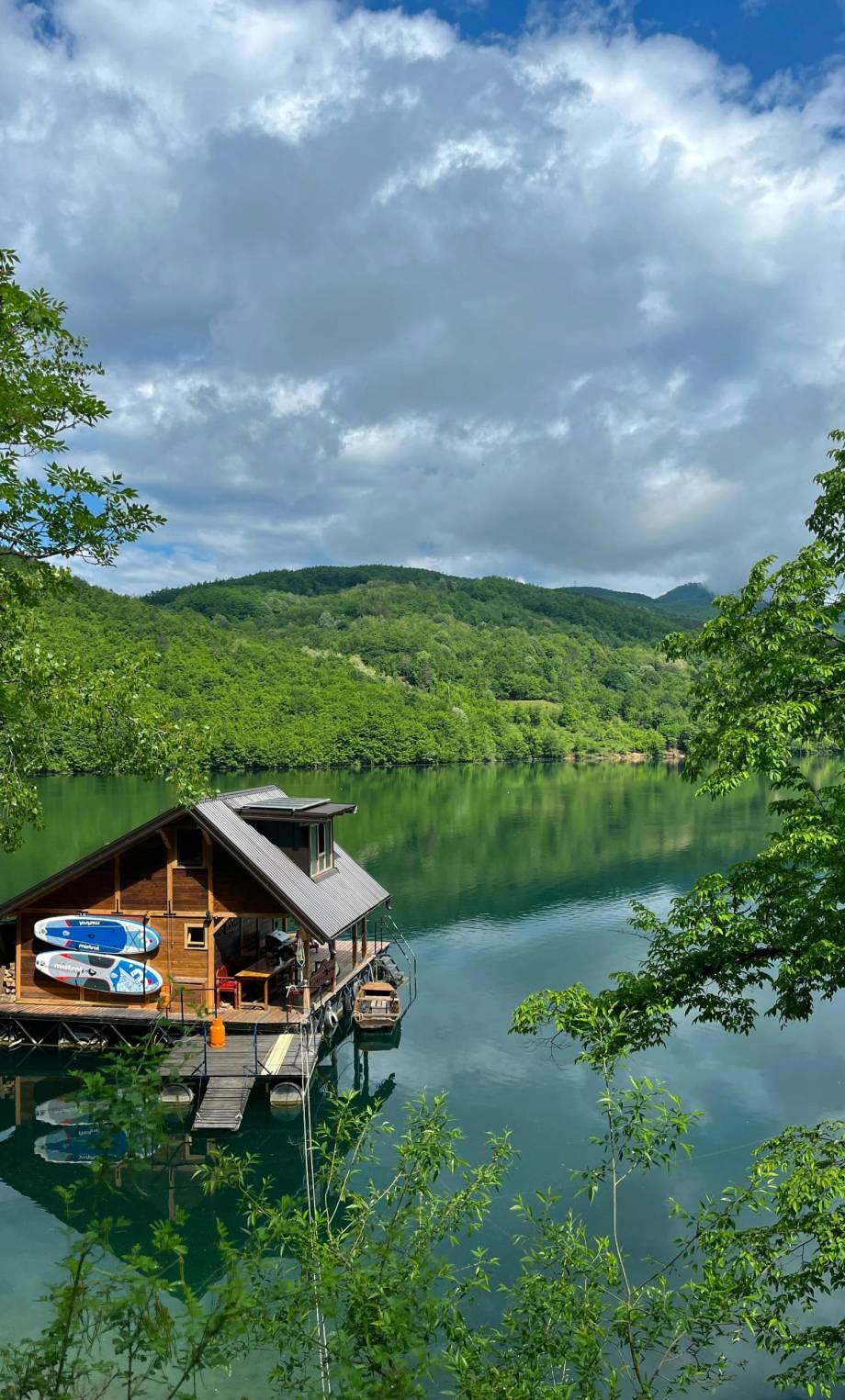Save Serbia, Stop Lithium Mining!
Against corruption. The people do not want lithium mining.
Nature can look like this
But it better be clean



The Jadar River flows through this region, lending its name to the area.
Protecting Our Natural Heritage
Preserving Serbia's Rich Biodiversity
Serbia is home to over 4,000 plant species and 430 bird species, making it one of Europe's biodiversity hotspots. From the lush forests of Tara to the wetlands of the Danube, our landscapes are precious and irreplaceable.
Fun Fact
Over 30% of Serbia is covered by forests, providing a habitat for countless species and playing a crucial role in maintaining ecological balance.


Preserve Serbia's Green Heart
Serbia's lush landscapes, flowing rivers, and diverse wildlife make it a jewel of the Balkans. Our commitment to preserving this natural heritage is essential for the well-being of our communities and future generations.
- Serbia has over 600 protected plant species, many of which are endemic and found nowhere else in the world.
- The Great Morava River, the longest river entirely in Serbia, supports a wide variety of fish and bird species.
- Fruska Gora National Park is home to over 1,500 plant species, including rare and endangered ones, making it a biodiversity hotspot.
Nature of Serbia
Discover the rich and diverse landscapes of Serbia, where lush forests, pristine rivers, and unique wildlife come together. Explore the beauty and biodiversity that make Serbia a natural treasure worth protecting.






Why Lithium Mining is Harmful to Nature and Rivers:
- Water Contamination:
Toxic chemicals used in the mining process can seep into rivers and groundwater, harming aquatic life and making the water unsafe for human consumption. - Habitat Destruction:
Clearing land for mining operations leads to deforestation and the loss of habitats for numerous plant and animal species. - Soil Degradation:
Mining disrupts the soil structure, leading to erosion and loss of fertile land, which negatively impacts agriculture and local vegetation. - Depletion of Water Resources:
Lithium mining requires vast amounts of water, which can drain local water supplies, threatening the livelihoods of farmers and the survival of natural habitats. - Ecosystem Imbalance:
The disturbance of natural landscapes disrupts ecological balance, affecting biodiversity and the natural processes that sustain life. - Air Pollution:
Dust and emissions from mining machinery contribute to air pollution, affecting the health of local communities and wildlife.
Protect Our Land and Water
Lithium mining, while promoted as a solution for clean energy, poses significant threats to the environment. From deforestation to water pollution, the consequences of extracting lithium can cause irreversible damage to our ecosystems, especially in regions like Jadar.


